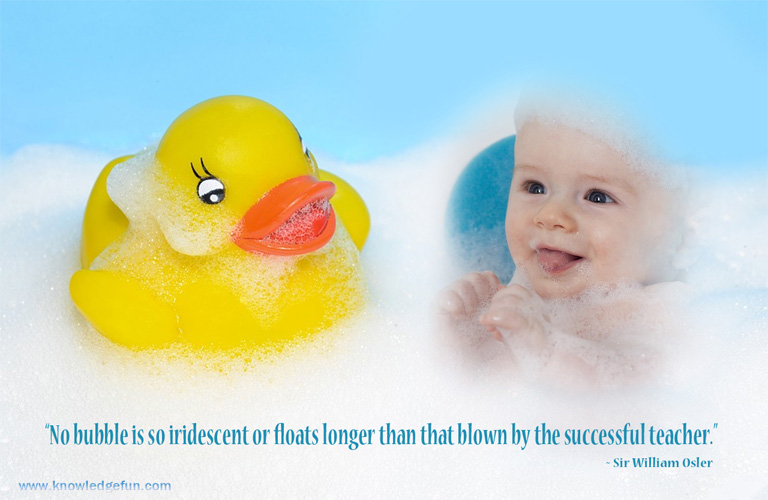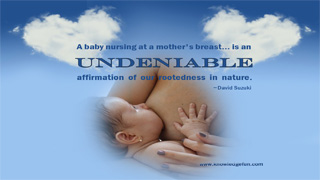by Melissa Wilson, Kids Managing Editor
How to rub-a-dub-dub your bundle of joy
Bathing your infant can be one of the best bonding experiences. It's precious time spent together and is a great way to soothe baby before bedtime.
Before you even begin the bath, make sure that the room is nice and warm and that all windows are closed. Your baby may be rather tentative when you first try putting him or her in the tub. Be sure to offer plenty of support both with your hands and a soft, soothing voice. The water should be comfortable to the touch. Some portable tubs even include built-in temperature monitors. Also be sure that all the bathing accessories you'll need are within arm's reach.
Baby should only be immersed in water once the umbilical cord has fallen off (usually within 10 days of birth). Prior to that, sponge baths are sufficient. You can continue sponge bathing your child for up to nearly a month's time before immersion bathing will be necessary. Before bathing your infant, decide on the best location for your infant bathtub. You can choose the kitchen sink, inside your full-size tub, or place it on any secure flat and stable surface.







